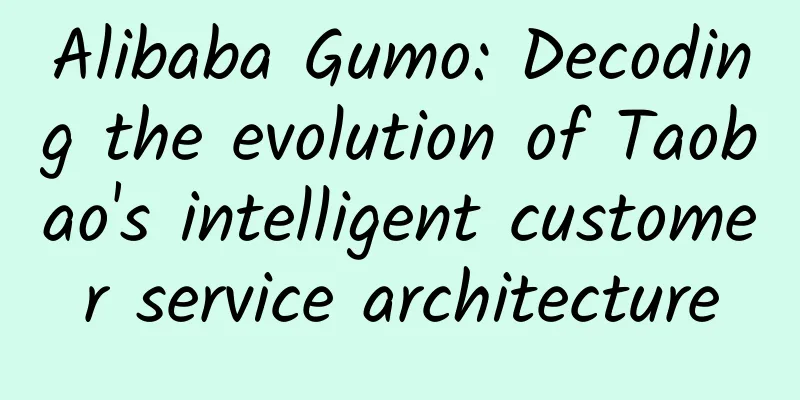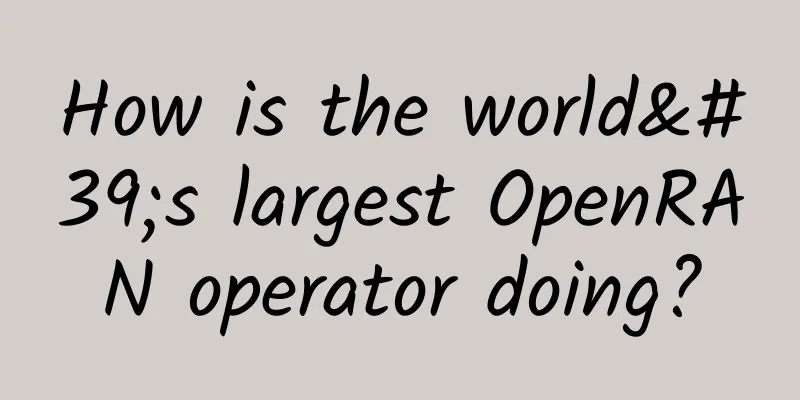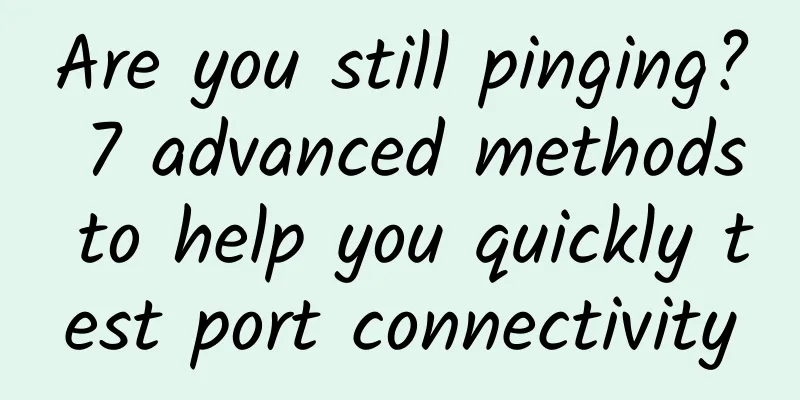Alibaba Gumo: Decoding the evolution of Taobao's intelligent customer service architecture

|
[51CTO.com original article] The WOTD 2017 Global Software Development Technology Summit hosted by 51CTO was held at Shenzhen Marriott Hotel Nanshan District from December 1 to 2, 2017. At the WOTD 2017 Technical Architecture Meets Business Architecture (Venue C) on the afternoon of the 2nd, Alibaba senior technical expert Gu Mo (Deng Min) gave a wonderful speech entitled "The Evolution of Taobao Intelligent Customer Service Architecture" and accepted an exclusive interview with 51CTO reporters after the meeting. 51CTO reporter: Since the birth of Taobao customer service, what stages of development has it gone through? What were the demands at each stage? Gu Mo: The system architecture has gone through three stages, and Taobao customer service has also roughly gone through three periods. In the first period, we used Taobao Wangwang channel to have simple conversations. At that time, Taobao's entire customer service had no customer service capabilities, and only Taobao Wangwang channel helped to establish a connection with customers. In the second period, we began to have the ability to divert traffic. Taobao customers only need to click on the Taobao avatar, and then the backend will transfer the customer conversation to a specific customer service through a diversion system. At this stage, the avatar represents the meaning of consultation, not the specific customer service. After the diversion system is completed, how to better complete the conversion rate and reception of customer service requires greater support. Then we built a platform to provide corresponding customer service solutions. The third period is the current stage, when the government has begun to develop intelligent robots and many automated methods. 51CTO reporter: Can you briefly introduce the current status of Taobao’s intelligent customer service? Gu Mo: Taobao's intelligent customer service is partly a reception robot, which is mainly based on AI services in chat scenarios. Another part is based on intelligent text mining and analysis. Because there are a lot of chats every day, they screen the chat records for customer service quality, which is a huge workload. We have a special team that does manual mining of chat records to help it complete quality inspection, store consultation, analysis, and so on. In addition, we connect the information flow and operation flow at the bottom layer to help customer service automate some repetitive and inefficient tasks. 51CTO reporter: When we first created intelligent customer service, we wanted to match information more efficiently. Do you think the current situation has met our original expectations? Gu Mo: We are still on the way, but some effects have been achieved. Although the consultation traffic during the peak period this year is larger than last year, the number of customer service is less than last year. For example, in the operation of large merchants, the feedback from store assistants is very good. The implementation effect of data flow automation is also good. This year, large merchants such as Suning have saved nearly 100 manpower after adopting this function. 51CTO reporter: What are the difficulties in the architectural design of Taobao’s intelligent customer service? Gu Mo: Customer service on Taobao receives user consultations, which are mainly consultations or interactive scenarios around transactions and buying and selling. We found that many problems are triggered by user transaction behaviors or chat events, so we thought of using an event-driven model to solve them, because we can standardize messages or state change behaviors into events. However, how to describe the combination relationship between these events and complex scenarios in the future is a relatively difficult point. 51CTO reporter: Are there any other difficulties and challenges in the process of developing Taobao’s intelligent customer service? Gu Mo: Throughput and system performance have always been a big challenge. Especially during the Double Eleven period, the traffic pressure is relatively high. Especially for very large stores like Suning or Xiaomi, it is easy to have hot data or traffic peaks. Moreover, the business complexity of super-large stores is much higher than that of small and medium-sized sellers, and more customized development is required. The problem we face at this time is to balance their business needs while meeting the growth of the platform. There are also some conflicts between personalized needs and platforms. We believe that users of small and medium-sized platforms are also our customers, and super-large sellers are also our customers, and these customers should all be satisfied. Now the scalability of these businesses must be considered clearly at the beginning when designing the platform architecture. If it is a complex business demand that poses challenges to performance and business, we will consider adopting a similar isolation method to achieve performance isolation in business. When large traffic comes in, we will take more effective performance protection measures to ensure that there are no problems with the platform. 51CTO reporter: What areas can be further improved in intelligent customer service in the future? Gu Mo: The customer service industry is very complex and there are many areas that can be improved. What we are doing now is just the tip of the iceberg. We hope to make it more intelligent and friendly in the future. Specifically, how to connect the entire information flow through intelligent automation is a very big challenge. In addition, how to establish industry standards and whether algorithms and problem-solving capabilities can be further improved all require continued efforts. We are confident that we can achieve breakthroughs in automation. Robots can already meet a large number of needs based on text semantics-related solutions, and the user experience is also relatively good. I think from a business perspective, there will be significant improvements in the next one or two years. [51CTO original article, please indicate the original author and source as 51CTO.com when reprinting on partner sites] |
>>: Fifteen best practices for a successful data center migration
Recommend
Phicomm N1 (Tiantian Chain) flash YYF voice version
More than 2 years ago, I recorded the process of ...
[5G Encyclopedia] The mysterious relationship between parameter sets and numerology
When I first saw the word "Numerology" ...
100 basic network knowledge popularization, read it to complete half of the network master
This article is about popularizing 100 basic netw...
UFOVPS National Day promotion starts at 30% off, top up 200 yuan and get 20 yuan, Hong Kong CN2/Japan CN2 optional
UFOVPS is currently carrying out a National Day p...
A 10,000-word article interprets the operators' fight for 5G: a battle of three kingdoms in financial strength
For a long time, the development of high-tech com...
[Black Friday] VIRPUS SSD VPS 70% off, Seattle VPS monthly payment 1.5 US dollars and annual payment starting from 15 US dollars
It's been a long time since I shared informat...
From I/O multiplexing to Netty, we also need to cross the Java NIO package
[[389262]] In the previous article, we took a dee...
NetCloud: San Jose CN2 GIA line VPS monthly payment starts from 29 yuan, with 15 extra days for the first month
Wangyun (wangyun.net) is a Chinese hosting provid...
Environment construction: VS2019+MSVC compile Dfu-Util
[[414597]] This article is reprinted from the WeC...
The Promise of the Open Web: Is It Really Delivered?
Open network switches began to emerge in 2013, cl...
Why consider 800G now?
Increased demand for home offices, streaming serv...
[11.11] CMIVPS 50% off for annual VPS, 30% off for dedicated servers, 20% off for top-up
CMIVPS sent a promotional plan for this year'...
When it comes to data transmission, 5G is just the beginning
If there’s a technology that’s tailor-made for th...
DCIM vs DMaaS: Solving the Value-Added Problem of Data Center Management as a Service
Despite the adoption of data center infrastructur...
[11.11] CUBECLOUD 15% off all items, Los Angeles special monthly payment starting from 20 yuan, annual payment buy one get one free
CUBECLOUD is a Chinese hosting company founded in...









